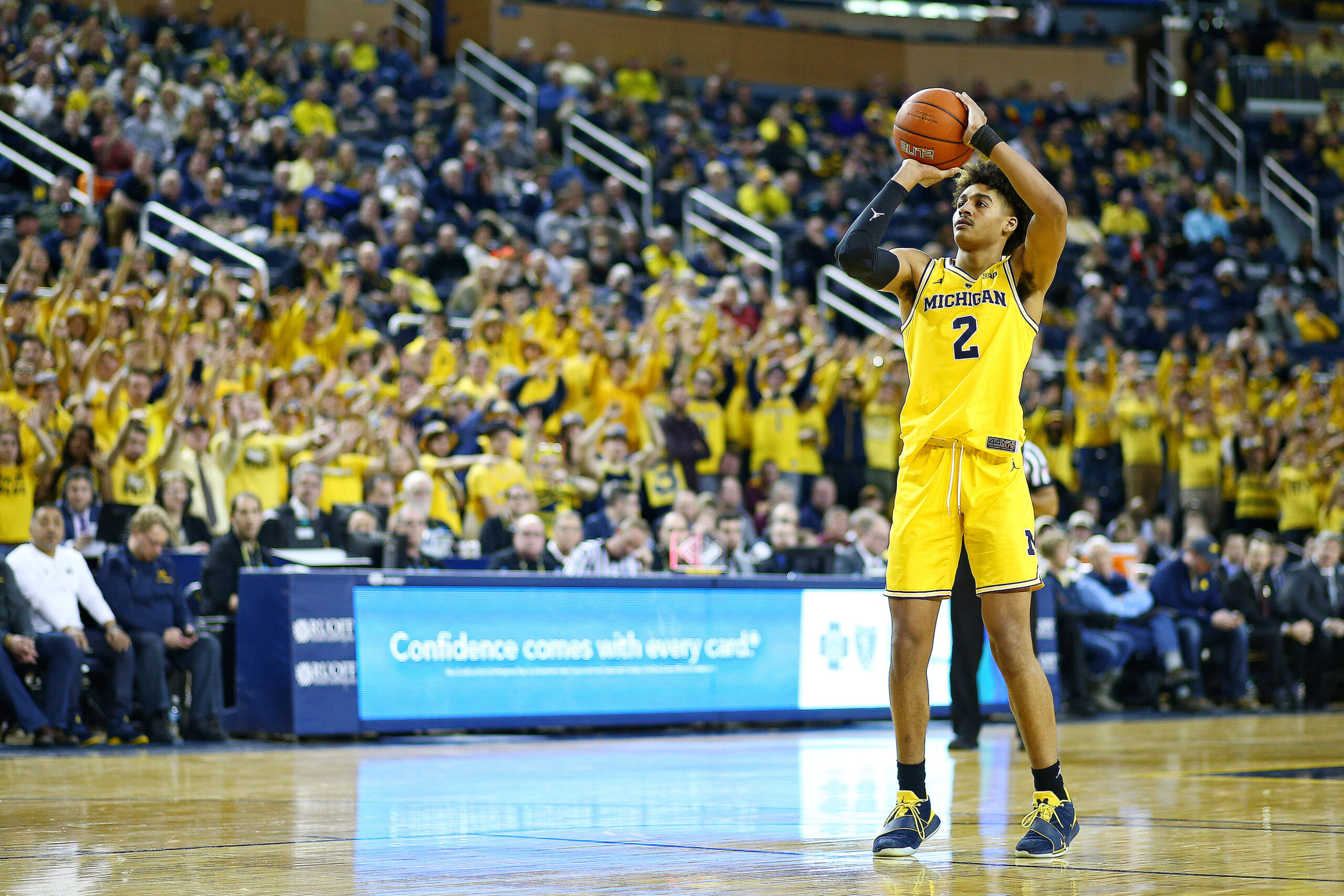
The Psychology of Free Throws – How NBA Players Handle Pressure at the Line
A free throw is the most solitary moment in basketball. No teammates, no defenders, just you, the ball, and the rim. And yet, it’s where championships can be won or lost.
In the NBA, physical technique is only half the battle. The other half? Psychology.
🧠 Why Free Throws Are a Mental Game
When players like LeBron James or Giannis Antetokounmpo step to the line in crunch time, the world watches — and pressure builds. Even the best athletes in the world are susceptible to:
-
Cognitive overload (overthinking mechanics)
-
Heart rate elevation under crowd noise and game stakes
-
Muscle tension, affecting release timing and arc
-
Fatigue, which disrupts rhythm and form
📊 Free Throw % Under Pressure (NBA Clutch Stats 2023–24)
| Player | Regular FT% | Clutch FT% (Last 2 mins, <5 pt game) |
|---|---|---|
| Damian Lillard | 92.0% | 94.7% |
| Jimmy Butler | 85.2% | 92.3% |
| Giannis Antetokounmpo | 65.5% | 58.1% |
| LeBron James | 75.8% | 68.9% |
Insight: Some players maintain or even improve under pressure (Lillard, Butler), while others drop sharply (Giannis, LeBron) — revealing the psychological barrier more than technical failure.
🔬 Biomechanics + Mindset: The Free Throw Flow State
Elite shooters like Steve Nash or Ray Allen enter a “flow” — where mechanics become subconscious. Here’s how it works:
-
Repetition builds neural pathways → shot becomes automatic
-
Mind clears of outcome → focus is on form, not result
-
Physical relaxation → allows smoother release
“I never think about making the shot. I think about doing it right.” – Steve Nash
📉 Pressure vs Performance – The Yerkes-Dodson Curve
-
Shows how performance increases with pressure — but only up to a point.
-
After optimal arousal, anxiety overrides mechanics.
Elite free throw shooters stay on the peak — where tension enhances focus, not panic.
🧪 Training the Mental Game
Here are drills used by NBA teams and mental performance coaches:
1. Heartbeat Free Throws
-
Do 10 pushups or suicides → then shoot 5 FTs.
-
Simulates fatigue + pressure.
2. Distraction Drill
-
Teammates yell, wave arms, or play crowd noise — shooter must block it out.
3. Countdown Challenge
-
“Make 3 in a row or run.” Adds consequence to simulate pressure.
4. Visualization Routine
-
Players visualize swish in detail before stepping up.
-
Proven to improve muscle response and calm nerves.
🏁 Conclusion
Free throws aren’t just about muscle memory — they’re about mastering your mind. The NBA’s best understand that in the final minute, it’s not about strength, but stillness. When silence falls and 20,000 fans hold their breath, the player who wins is the one who has trained both body and brain.